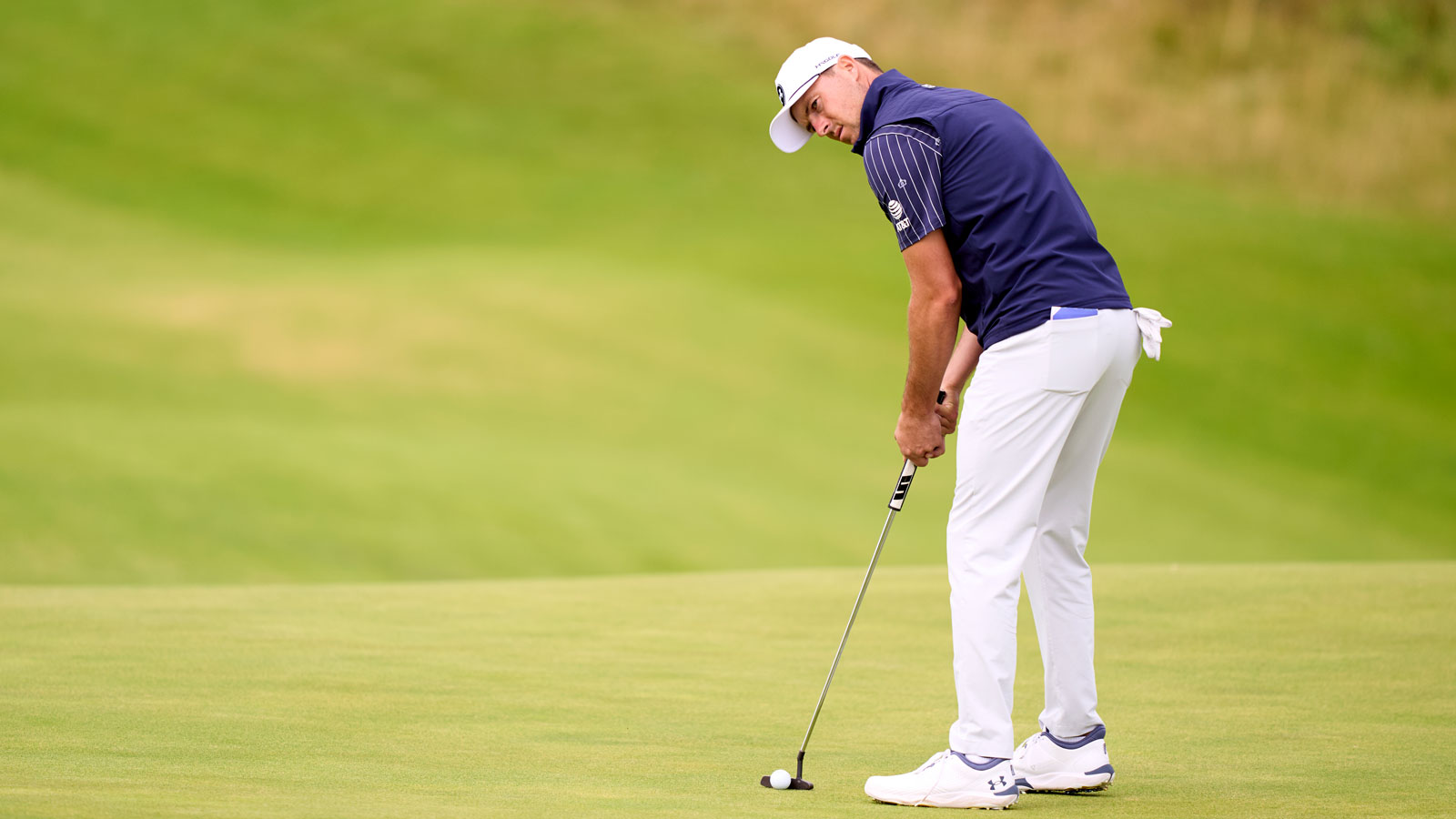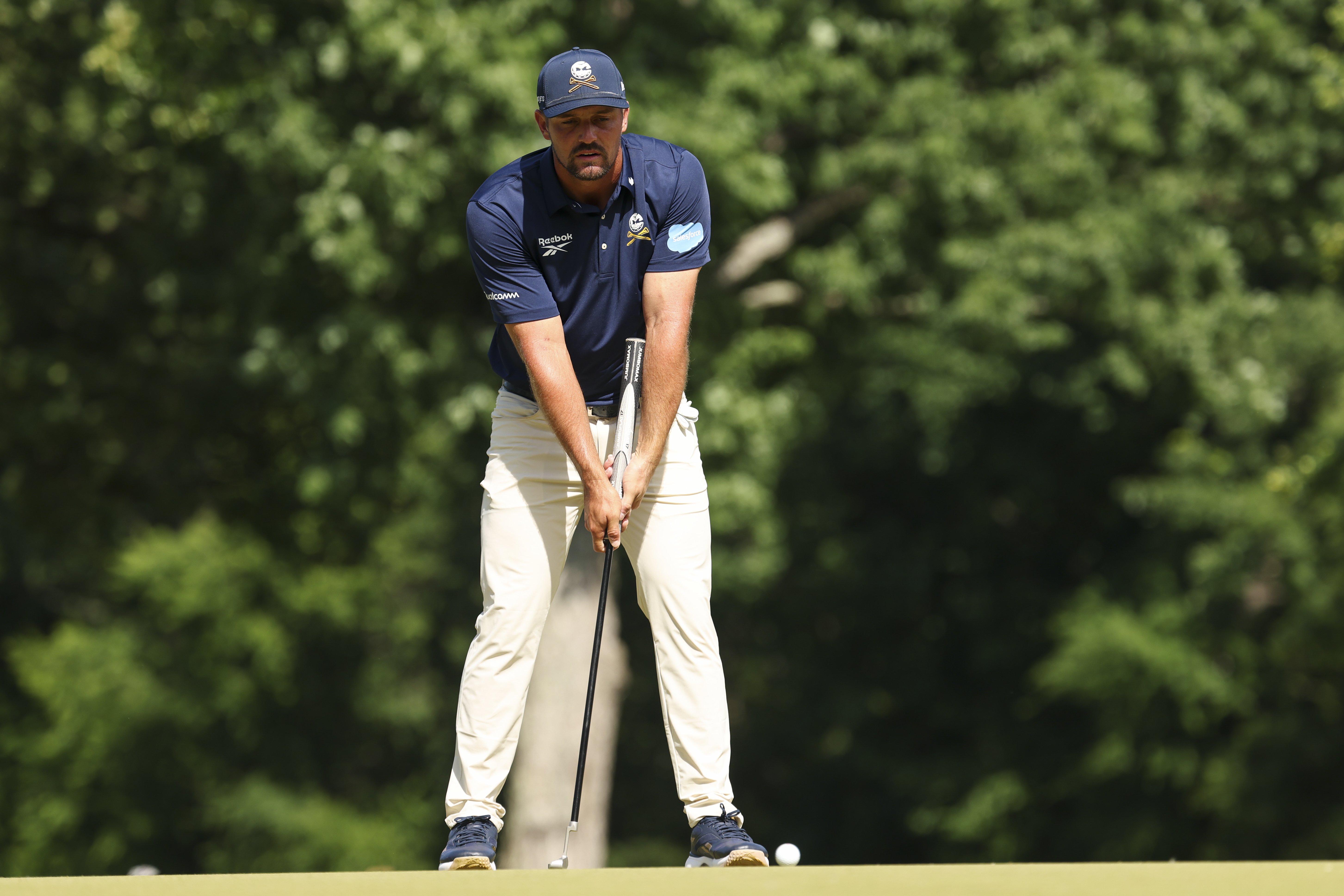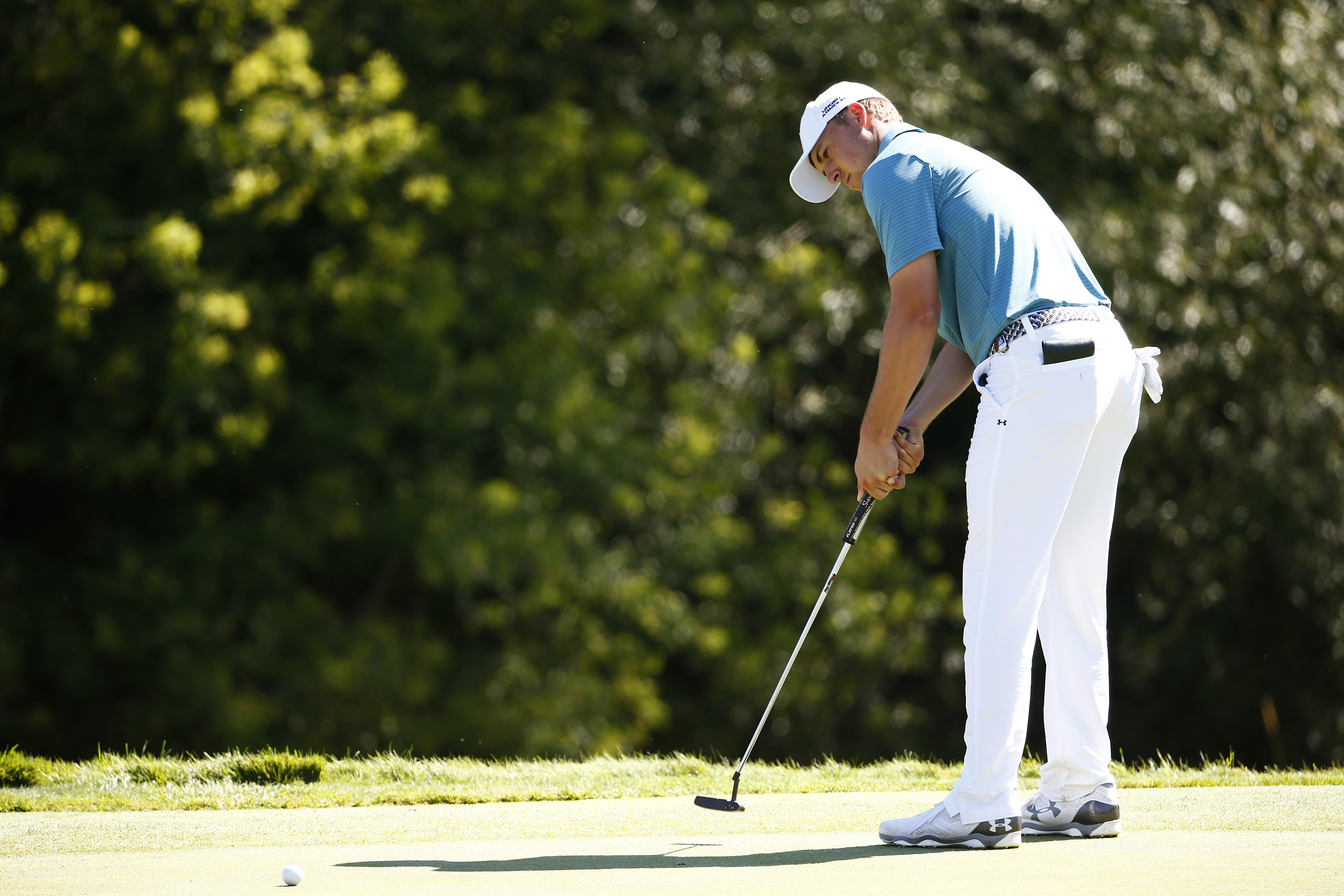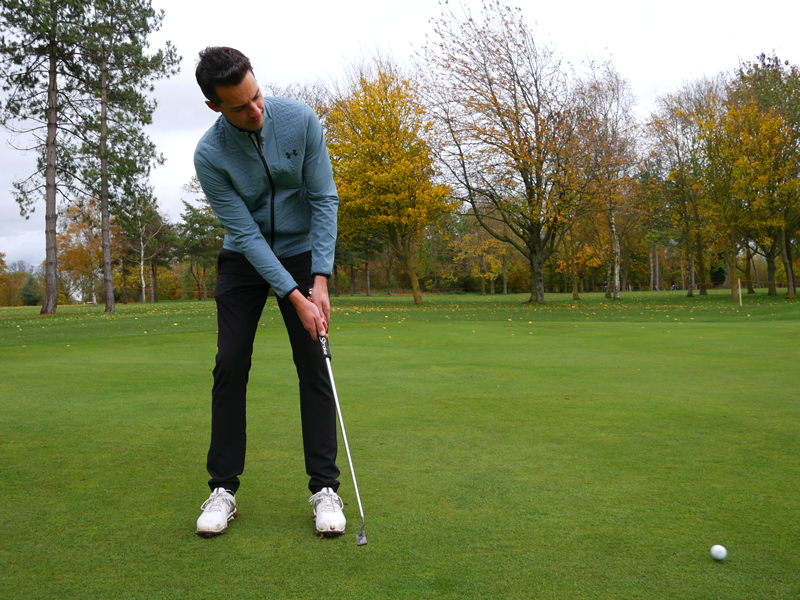Struggling With Your Pace On The Greens? This One Trick Could Fix Your Long Distance Putting Woes
Could looking at the hole, not the ball, be the cure to problems with pace on the putting surface from long range?


In one of the latest episodes of Kick Point, what started out as a chat about Dan Parker’s new zero torque putter, turned into a fascinating discussion on how biomechanics expert Dr Sasho MacKenzie may have disproved the importance of some long-held beliefs around putting.
If you’re struggling with your flat stick and are open to trying something new, we highly recommend watching the Kick Point episode below (all of it, of course, but this particular discussion starts at 5.24).
After listening to Dr MacKenzie on No Laying Up, our very own PGA professional and Kick Point host, Joe Ferguson, is up for changing the way he putts.
Is it time you did the same. Let us explain…
First, bring out the violins. Dan is struggling with his new zero torque putter.
Despite getting fitted at PXG HQ in Scottsdale, Arizona for his PXG Mustang ZT putter, whilst “bullet proof” from eight feet and in, it is performing miserably from long range. “Horrible,” he says.
Dan is in what’s known as the “reverse honeymoon period”, where instead of enjoying immediate success and joy, he’s experiencing the exact opposite - at least so far as long distance putting is concerned.
Subscribe to the Golf Monthly newsletter to stay up to date with all the latest tour news, equipment news, reviews, head-to-heads and buyer’s guides from our team of experienced experts.

Dan has yet to get to grips with his new PXG Mustang Zero Torque (ZT) putter from long range
“You’ve come from a putter with a bit of toe hang,” Ferguson says, reassuringly (Joe is a big advocate of the zero torque putters).
“What zero torque does, in my opinion, when you remove that torque force, you can lose a bit of awareness.
“You’ve got to get to the point where you trust it. You don’t need to manipulate it or refind it with your hands - you just let it swing and do its thing.
“Once you understand that the clubface is going to do its thing and stay square, it’s a genuine phenomenon.”
Dr Sasho MacKenzie: Debunking Myths
Now for something quite thought-provoking, which might get you to try something totally new with your putting.
Dr MacKenzie, one of the smartest minds in golf, recently appeared on the No Laying Up podcast to discuss a piece of putting research that he had conducted.
As Joe explains, one of the most important elements of putting that we’re constantly reminded about is that you have to get your path nice and square, and a centered strike is crucial.
MacKenzie’s research suggests that neither appears to be quite so important, for he was able to show that when you moved the impact location, even by a centimeter, the change in direction and pace was minimal.

Bryson DeChambeau goes through his putting routine
“Lots of golfers spend a lot of time on putting gate drills to work on centering the strike, and using putting mirrors to perfect the path,” says Joe. MacKenzie is saying that maybe it’s not so crucial, and he has the evidence to back it up.
Here’s where the debate gets super interesting.
There appears to be less of a focus on pace control. As Joe says, we might rehearse a hands-to-shoulder back and through for a 60-yard shot to give us a framework of how far to hit a wedge, for example, but this kind of method is largely ignored on the putting side.
Bryson DeChambeau and a number of other tour players have their various systems, the two time US Open champion being big on the length of his backswing and using different ratios to get his pace spot on.
However, MacKenzie believes that more golfers have room to improve their putting by learning how to control their clubhead speed.
Looking At The Target

In the past, Jordan Spieth has spoken about how he likes to putt looking at the hole from short range
Interestingly, many of those he tested were more successful when they looked at the hole rather than the ball.
“Think about playing pool and snooker. You’re not looking at where you’re going to strike the cue ball are you? You’re looking at the object ball and the pocket,” says Joe, who's also fairly handy on the baize.
“If you’re not even looking at the stroke, you can get that out of your head and not worry about how strike and path.
“It makes sense. You’re focusing purely on the target and not worrying so much about the stroke.”

Could it be time to try something different on the greens?
Have you ever gone through your routine, looking at the ball, back at the hole, the ball, hole again, over and over, and then, as you’re about to pull the trigger, just wondered how hard you should hit the ball?
Yes? So has Joe. We all do it. Maybe it’s time, as Jordan Spieth has to known to do on occasions, that you looked at the target when taking your putting stroke. There can’t be any harm in trying, can there?
In case you’re concerned for Dan, he’s going to persist with his zero torque PXG Mustang ZT putter.
“I want to see if I can get out of this reverse honeymoon period and actually get into the honeymoon.”
Good luck, Dan, and good luck to those of you who are going to try looking at your target when you putt.
Let us know your thoughts using the comments box below. We'd love to hear from you.

Michael has been with Golf Monthly since 2008. A multimedia journalist, he has also worked for The Football Association, where he created content to support the England football team, The FA Cup, London 2012, and FA Women's Super League. As content editor at Foremost Golf, Michael worked closely with golf's biggest equipment manufacturers and has developed an in-depth knowledge of this side of the industry. He's a regular contributor, covering instruction, equipment, travel and feature content. Michael has interviewed many of the game's biggest stars, including seven World No.1s, and has attended and reported on numerous Major Championships and Ryder Cups around the world. He's a member of Formby Golf Club in Merseyside, UK.
- Joe FergusonStaff Writer
- Dan ParkerStaff Writer
You must confirm your public display name before commenting
Please logout and then login again, you will then be prompted to enter your display name.